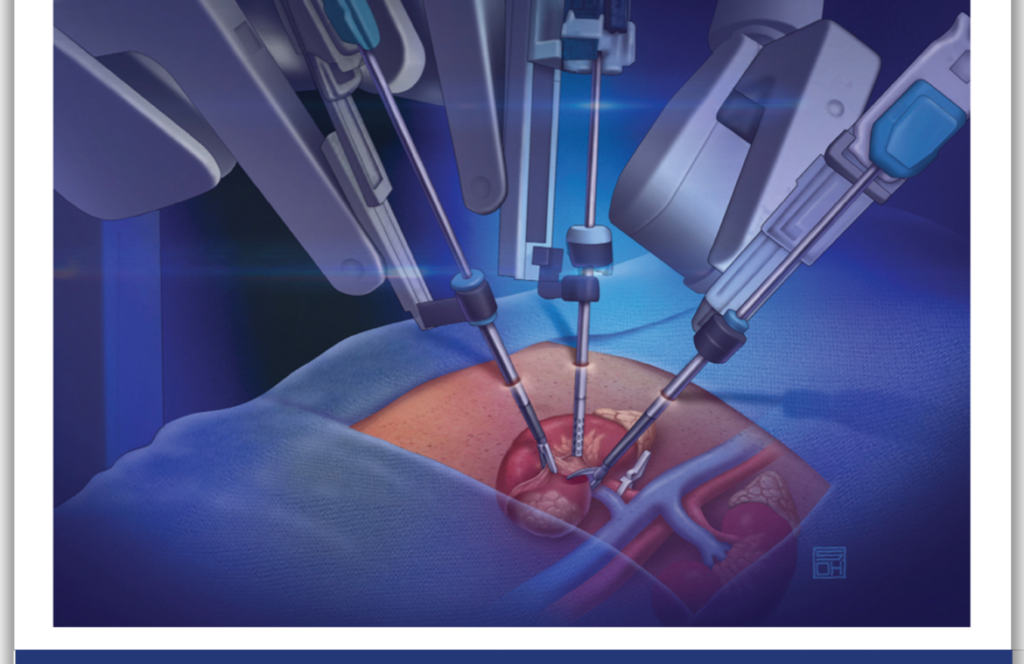
Robotic Surgery
Robotic surgery, which is basically based on a closed surgery technique, was first performed by researchers working at the NASA Research Center in order to operate on astronauts in space. Nowadays, robotic surgery is applied in urology, as in many other fields. robotic surgeryIt allows the operation to be performed with minimal incisions.
Robotic surgery (da Vinci surgical systems) generally allows difficult surgeries to be performed with a small incision by using robotic technology in the treatment of urological cancers such as prostate, kidney, adrenal gland, bladder and ovarian cancer.
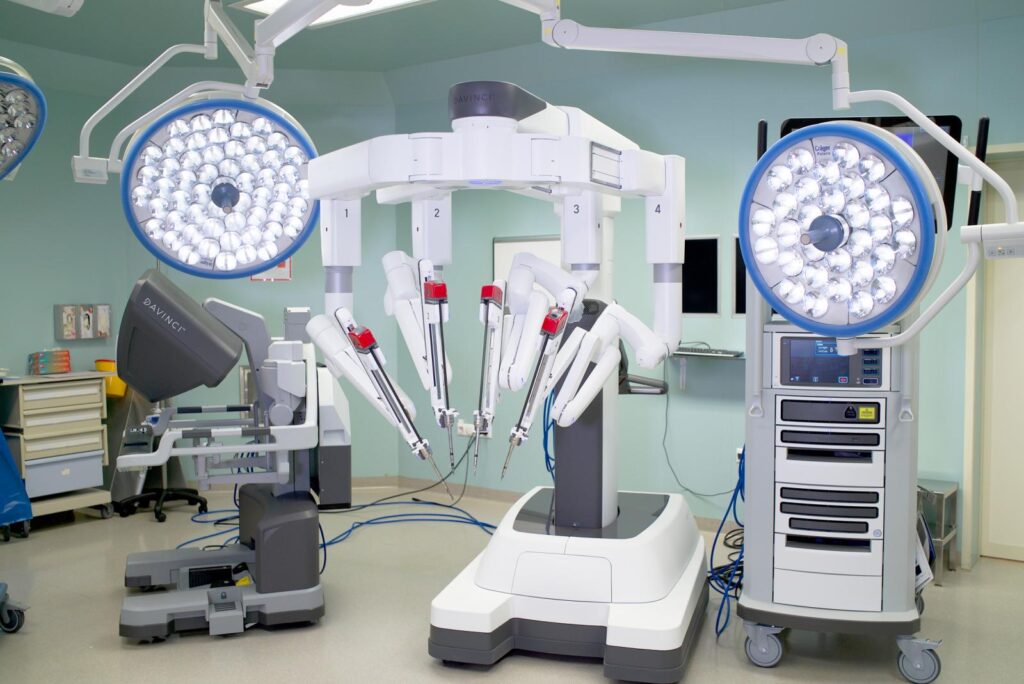
What is Robotic Surgery?
Robotic surgery, which is based on a closed surgical procedure, provides the physician performing the surgery with high mobility, high flexibility and sensitivity. Robot arms accompany the physician during the operation. With robotic surgery, procedures are performed without making any incisions on the patient's body.
In cases of urological cancer da Vinci Robotic surgery system is implemented. This robotic system contains high-resolution cameras that allow the urologist to see the surgery area clearly. The robotic surgery robot has 7 levels of movement capability. In this way, it can rotate around its own axis by degrees.
Robotic Surgery Usage Areas
The field of medicine where robotic surgery is most commonly used is urology. Nowadays, robotic surgery is preferred in many urological operations. Surgeries performed with the use of robots in the field of urology;
- Prostate cancer surgery with robotic surgery,
- Kidney cancer surgery with robotic surgery,
- Bladder cancer surgery with robotic surgery,
- Testicular cancer surgery with robotic surgery,
Robotic surgery is also used for stenosis of the kidneys and urinary tract, uterine prolapse in women and fistulas between the bladder and the vagina. Robotic surgery is also used in the following areas other than urology:
- Treatment of hernia in the stomach,
- Esophagus surgery,
- Treatment of stomach and liver diseases,
- Lung cancer treatment,
- thoracic surgery,
- coronary bypass,
- Robotic surgery is also used in the treatment of diseases such as heart tumors.
How is Robotic Surgery Performed?
With robotic surgeries performed by surgeons, a laparoscopic surgical system is performed with a three-dimensional image and a thin and sensitive robot with great mobility. In robotic surgery operations in urology, the ends of the robot's arms are connected to metal or plastic structures placed in the abdomen through 4 or 5 holes opened in the patient's abdomen and varying in size between 8 mm and 12 mm. The surgeon controls all robotic arms and performs the surgery by sitting at the control panel without touching the patient.
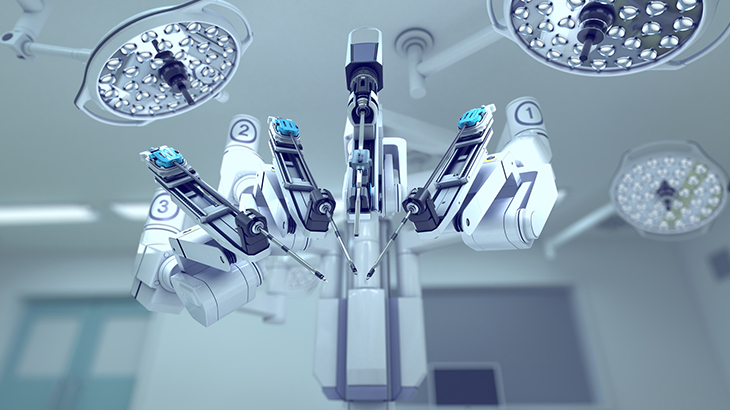
What are the Advantages of Robotic Surgery?
Robotic surgery, which draws attention with the benefits it provides to patients, has many advantages over classical laparoscopy and open surgery. Robotic surgery, which enables error-free and complication-free surgery, offers privileges to patients and physicians compared to other surgeries.
The movements of the human hand are imitated with the da Vinci robot used in the field of urology. The surgery is performed by the surgeon's dictation of the arms that can rotate 540 degrees around their own axis. robotic surgery Provides great precision capability.
The robotic system applied in the surgical field includes sections such as the surgeon console, the system carrying the robotic arms, surgical tools and the optical system. Thanks to the optical system, a 3D high resolution image is provided. Thanks to optical cameras, the image area is magnified up to 12 times. Thus, the surgeon can notice even small details in the surgery area.
Robotic surgery allows the surrounding organs to be protected and the patient to experience less damage. For this reason, the success rate of the surgery is high. It also allows the patient to recover quickly after the operation. The patient returns to daily activities more quickly after robotic surgery.
Robotic surgery operations also provide cosmetic advantages as they leave small scars. Another advantage of robotic surgery is that it minimizes the need for blood transfusion. The risk of infection is also low due to less wound formation in the surgery performed laparoscopically.
We can list the advantages of robotic surgery as follows;
- Less blood loss occurs,
- 3D high resolution image,
- Less pain,
- The high success rate of robot-assisted surgeries,
- Returning to normal life faster,
- Earlier discharge time,
- Aesthetic factors such as fewer incisions are among the advantages of robotic surgery.
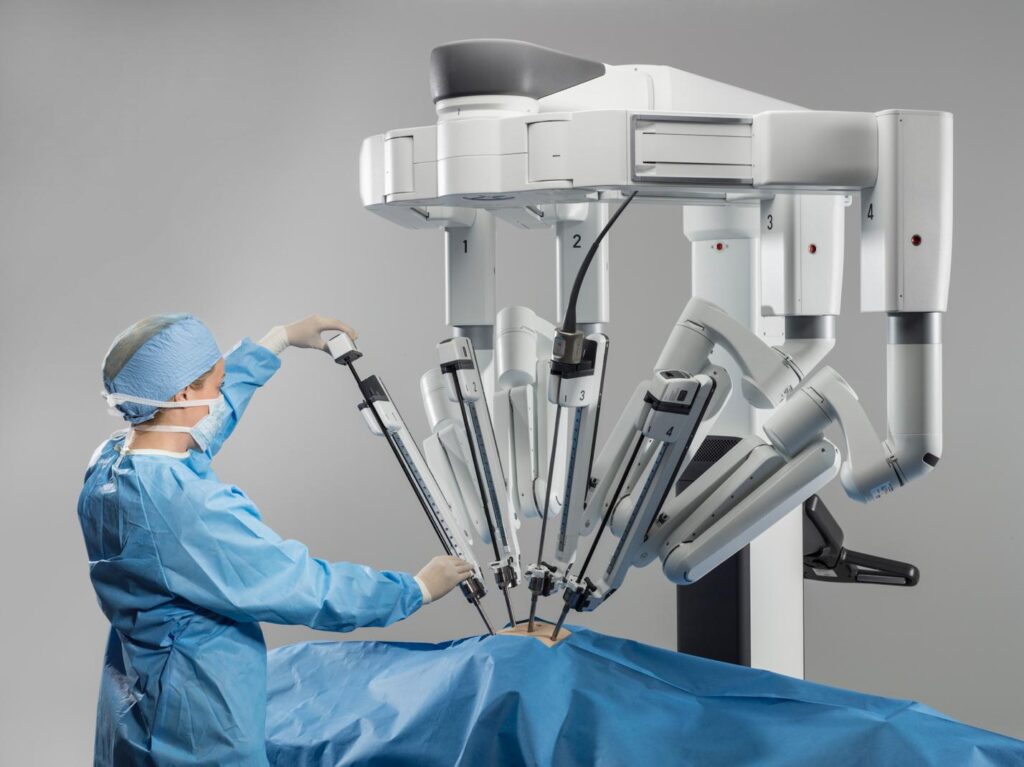
What is the Da Vinci Robotic System?
Da Vinci Robotic system consists of 3 main parts as surgical equipment. The computer-based da Vinci robotic system allows minimally invasive surgery to be performed. The robotic system causes minimal damage to tissues. The da Vinci robotic system consists of a console section where the surgeon controls the robot on which he performs surgery, robot arms and a camera system.
How to Apply the Da Vinci Robotic System?
Robotic surgery operations are performed through small channels called ports, just like laparoscopic surgery. Da Vinci robotic surgery The system has two cameras that transmit separate images to each eye. The surgeon performs the operation under a 3D image. Thanks to the 3D camera, the operating area increases 10 to 12 times.
The tools in the arms of the robotic surgical system have 7 levels of free movement. The tip of these tools rotates 540 degrees around its own axis thanks to the endowrist system. It can also imitate the wrist movements of the human hand. With these surgical instruments, surgical interventions are performed in very narrow and deep areas. In the robotic surgical system, hand tremor is not transmitted to the instruments. The tools do not operate outside the control of the device.
During the application, the surgeon works in a sitting position at the console. The surgeon sees the operating area in 3 dimensions, and the camera and other tools are applied simultaneously by giving commands with the help of the surgeon's hands and feet.
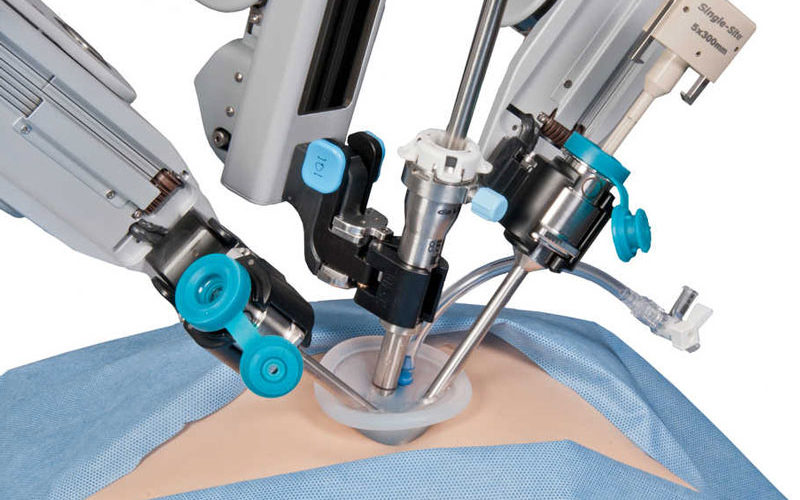
Robotic Surgery in Urology
Robotic surgery is among the most up-to-date closed surgical methods that provide high mobility, high precision and flexibility to the physician performing the surgery. Robotic surgical treatment Assisted surgeries are most commonly performed in the field of urology. Robotic surgery is applied in many surgeries in urology.
Prostat kanseri, mesane kanseri, böbrek kanseri, böbrek çıkım darlığı, idrar kanalının mesaneye girim darlığı gibi ameliyatlarda robotik cerrahi avantajlarından yararlanılmaktadır. Günümüzde özellikle prostat kanseri ameliyatlarında tercih edilen robotik cerrahi ameliyat yöntemi sayısı her geçen gün artış göstermektedir. Amerika’da prostat kanseri ameliyatlarının yaklaşık %90’dan fazlası robotik olarak gerçekleştirilmektedir.
Frequently Asked Questions
Robotic surgery, which is widely applied today; The surgeon performs the surgery on the patient using wrist-like arms from the surgeon's console next to the patient in the operating room.
Robotic surgery offers many advantages over open surgery. With robotic surgery, major surgeries can be performed with smaller incisions and therefore less pain than open surgery.
In robotic surgery, the doctor can view the operation area in three dimensions. Imaging methods used in robotic surgery are more advanced than the laparoscopic method.
Our treatments
- Prostate cancer
- Bladder Cancer
- Kidney Cancer
- Kidney stone
- Robotic Surgery
- HOLEP
- ThuLEP
- Prostate Biopsy
- hydrocele
- varicocele
- Testicular Cancer
- Urinary tract infection
- Urinary Incontinence in Women
- Urodynamics
- Vesicovaginal Fistula
- Laparoscopy Surgery
- Sacral Neuromodulation
- Laser Prostate Surgery
- Penile Prosthesis Implantation
- Prostate Hot Water Steam Treatment
- Penile Shock Wave Therapy – ESWT
- Male Infertility
- Drug Treatment for Sexual Dysfunction (Erectile Dysfunction)
